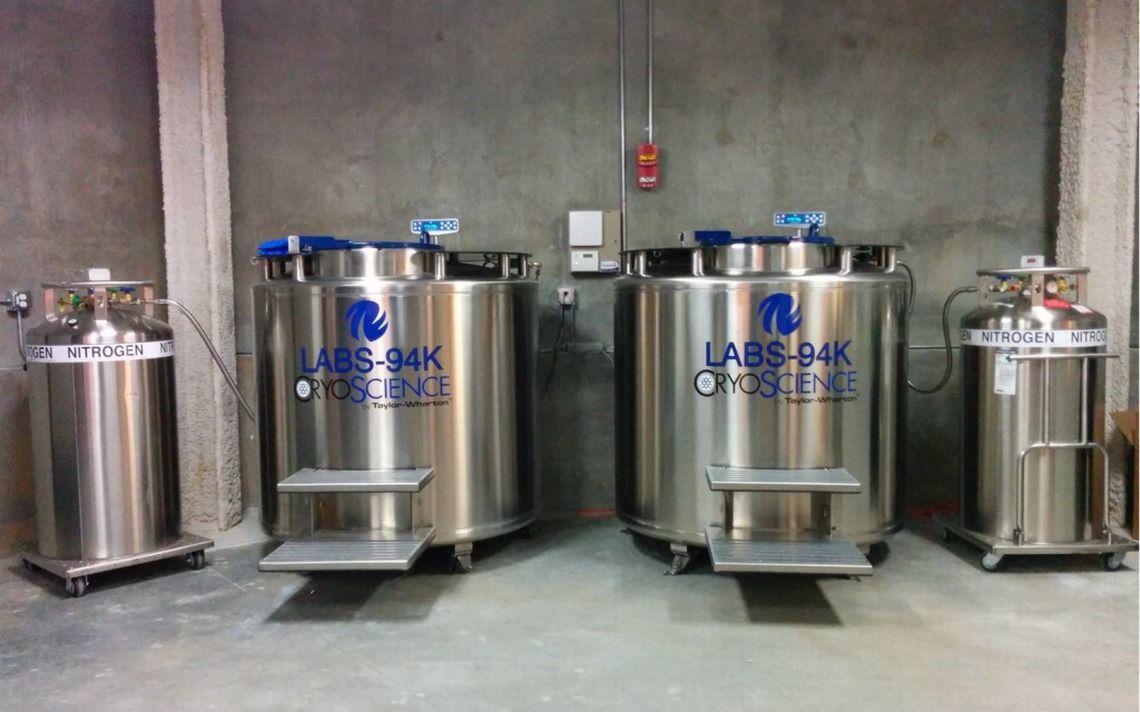GDF 11 has been publicised as another fountain of youth molecule, but with contradictory findings, does it live up to the hype, or could it be potentially harmful? It could be a bit of both.
Category: life extension – Page 646
A growing number of tech moguls are trying to solve their biggest problem yet: aging.
From reprogramming DNA to printing organs, some of Silicon Valley’s most successful and wealthy leaders are investing in biomedical research and new technologies with hopes of discovering the secret to living longer.
And their investments are beginning to move the needle, said Zoltan Istvan, a futurist and transhumanist presidential candidate.
Checkout the latest Longevity Reporter Newsletter (05th September, 2015), covering this week’s top news in health, aging, longevity.
This week: Dramatic Advances In Super-Resolution Imaging; This Stunning 3-D Model Provides A Fresh Perspective On Cancer; Want A Long Lifespan? You Need Stable Gene Networks; The Future Of Health: Precision Medicine; And more.
The Longevity Dividend
Posted in life extension
Investments in Longevity Could Really Pay Off
With a ‘silver tsunami’ ahead, tackling aging makes all kinds of sense — and could reap rich rewards.
AOL running an energetic 2-min video on transhumanism and longevity on their morning show:
Zoltan Istvan of the Transhumanist Party is running for President on one platform: longevity.
Heales, The Healthy Life Extension Society, is dedicated to promoting and informing the public about life extension and longevity breakthroughs. In this spirit, Heales has announced a Short Film Competition with a grand prize of €3.000. Heales wants you to capture why living longer, healthier lives will be something to celebrate, not fear.
We caught up with Didier Cournelle, director of the society, to find out more about the competition:
Why do you think there are so few positive portrayals of longevity and life extension in the media? In general, the press prefers bad news to good news. Good news concerning longevity is difficult to describe because it is often made of small, incremental progress. Another aspect is that the idea of radical life extension looks fringe to many people. Last aspect: to speak about longevity is to speak about death and unconsciously, we tend to avoid what reminds us of our own death.
Cool article on longevity science:
The search for the fountain of youth continues in Silicon Valley.
California researchers opened the world’s largest publicly available stem cell bank Tuesday, which will aid in the search for cures for genetic diseases such as Alzheimer’s, epilepsy and autism.
Universities from around the state will contribute adult skin samples to the bank, while the Buck Institute for Research in Novato will store the material.
The Stem Cell Bank is funded through a $32 million grant awarded in 2013 by the California Institute for Regenerative Medicine, which itself was established in 2004 through voter approval of Proposition 71. That measure provided an initial $3 billion in state bonds to the institute.
Hacking Aging
Posted in biotech/medical, life extension
What would you say if I told you that aging happens not because of accumulation of stresses, but rather because of the intrinsic properties of the gene network of the organism? I’m guessing you’d be like: surprised .
So, here’s the deal. My biohacker friends led by Peter Fedichev and Sergey Filonov in collaboration with my old friend and the longevity record holder Robert Shmookler Reis published a very cool paper. They proposed a way to quantitatively describe the two types of aging – negligible senescence and normal aging. We all know that some animals just don’t care about time passing by. Their mortality doesn’t increase with age. Such negligibly senescent species include the notorious naked mole rat and a bunch of other critters like certain turtles and clams to name a few. So the paper explains what it is exactly that makes these animals age so slowly – it’s the stability of their gene networks.
What does network stability mean then? Well, it’s actually pretty straightforward – if the DNA repair mechanisms are very efficient and the connectivity of the network is low enough, then this network is stable. So, normally aging species, such as ourselves, have unstable networks. This is a major bummer by all means. But! There is a way to overcome this problem, according to the proposed math model.
The model very generally describes what happens with a gene network over time – the majority of the genes are actually working perfectly, but a small number doesn’t. There are repair mechanisms that take care of that. Also, there are mechanisms that take care of defected proteins like heat shock proteins, etc. Put together all of this in an equasion and solve it, and bam! here’s an equasion that gives you the Gompertz law for all species that have normal aging, and a time independent constant for the negligibly senescent ones.
What’s the difference between those two aging regimes? The model suggests it’s the right combination of DNA repair efficiency and the combined efficiency of proteolysis and heat shock response systems, mediating degradation and refolding of misfolded proteins. So, it’s not the the accumulation of damages that is responsible for aging, but rather the properties of the gene network itself. The good news is that even we are playing with a terrible hand at first, there is a chance we can still win by changing the features of our network and making it stable. For example, by optimizing misfolded protein response or DNA repair.






